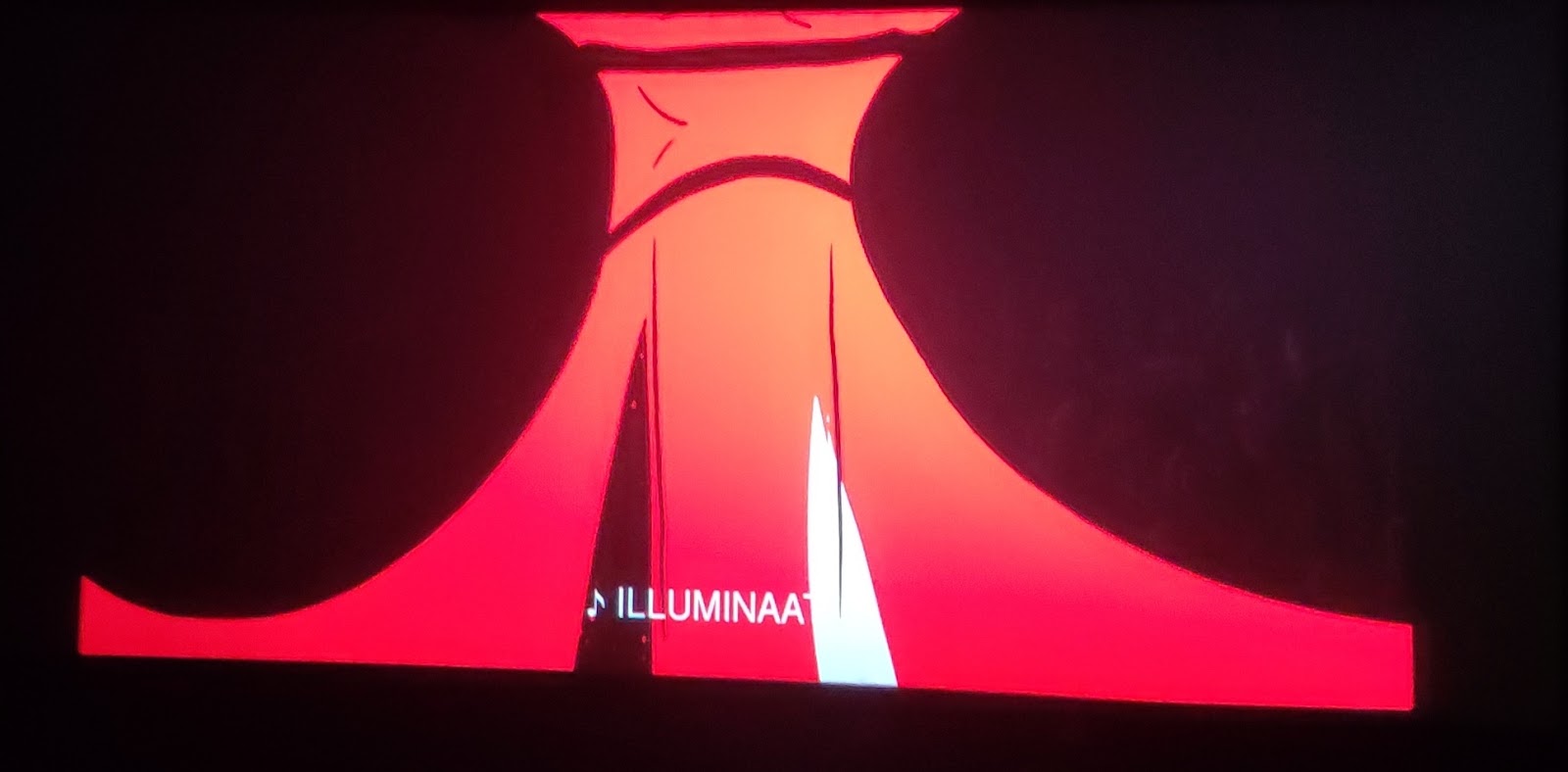Ramachandra Guha - Makers of modern India Chapter 1 The first liberal - Rammohan Roy an analysis
This is a book about modern Indian history told by summing up the contributions of great personalities in a chronological order. The first chapter talks about Rammohan Roy, who we commonly identify with the title "Raja". Ramachandra Guha refuses to call him Raja as it is irrelevant in the post independence, Indian republic. (Article 18 of the Indian Constitution abolishes such titles)
The title of this chapter intrigued me. Rammohan Roy was called the Harbinger of modern India and the morning sun. Gopal Krishna Gokhale called him the father of modern India. But refering him as the first liberal is pretty exciting.
Ramachandra Guha addresses the three main contribution of Rammohan Roy. Which are: Relations between Men and Women, The Freedom of the Press and The Need for Modern Education. The author gives a vivid picture about the knowledge and ideology of Rammohan Roy by giving us several excerpts from his letters addressed to the British monarchy and Governor generals requesting for reforms.
It is a fabulous read. But let's dwell into other questions, 1. Who is a liberal? 2. Does Ramachandra Guha justify that Rammohan Roy was indeed the first liberal?
A liberal in Socio political sense is someone who works towards a progressive society and is ready to change the status quo. Often in the contemporary world liberals are considered to be coming from privilege and are unaware of the day to day problems of the downtrodden. Rammohan Roy is from a family of elite who were in high positions in the Mughal court. He even travels to England to request for a hike in the pension of the Mughals from the British monarch.
How does a Raja understand the needs of a society which is in transition to modernity? His personal life experiences, exposure to several languages and his interest in learning the theology of different religions perhaps made him understand the Indian social structure. He was also fascinated by the European way of life, education and the way the Europeans were ruled by their governments especially England.
His crowning achievement has to be being the cause for the abolition of sati. His own brother's wife was a victim of the practice. In the pamplet that he wrote in 1818 ‘A Conference between, an Advocate for, and an Opponent of the Practice of Burning Widows alive' he discusses sati on a man-woman relationship level. This work is not like a commission report that we see nowadays. But it brings out all the trouble women had to face in the marital relationship and about men being unaccountable for most of their actions.
While Ramachandra Guha talks about Rammohan Roy's contribution towards freedom of the press, we can understand that Rammohan Roy considered press freedom a need provided by a modern state to it's people. Our constitution enshrines Right to freedom of speech and expression in article 19. We are a democratic, republic state. But in a monarchy the press could'nt have expected any sort of freedom. Ramchandra Guha presents us with two of Rammohan Roy's letters, one to the governor general and the other to the King of England himself asking for the fair treatment of the press. The manner in which Rammohan Roy asks for the abolition of the repressive law against the press, is not harsh, some would even say that it is too passive. But in the 1820s this could've been considered to be mighty brave.
The third part about Rammohan Roy in this chapter tells us about how he wanted modern education to be taught to Indians instead of just teaching languages. He also requests for European lecturers/teachers to be used in teaching in India.
Has Ramachandra Guha justified the title?
Yes. Rammohan Roy wished that India should be on par with other developed countries which infact were ruling us and plundering us.
Change is not brought about in a single day. Someone has to start the discussion so that people who are in doubt can speak. An observer of the society has to register his/her opinion so that the oppressed can feel that their pain is being addressed.
As we read the first chapter of this book we understand Rammohan Roy has indeed been a shining star in an era of darkness.

Comments
Post a Comment